
These are some of the questions you’ll find yourself pondering about higher education as you watch Andrew Rossi’s new film, Torre de marfil, now in cinemas. OECD data shows that tuition levels in the US have become a class of their own. “It seems hard to see how these costs relate in meaningful ways to the value that students obtain,” comenta Andreas Schleicher.
We live in the age of disruptive innovation. An age in which digital technology has the potential to bring down the cost of higher education and make it more accessible than ever before. I asked Michael Horn and Anthony Carnevale (who appears in the film) to join us in La Búsqueda Global para la Educación today to talk about the future of higher education. Michael Horn is the co-founder of the Clayton Christensen Institute, y el director ejecutivo de su programa de educación. Tony Carnevale is Director and Research Professor of the Georgetown University Center on Education and the Workforce.

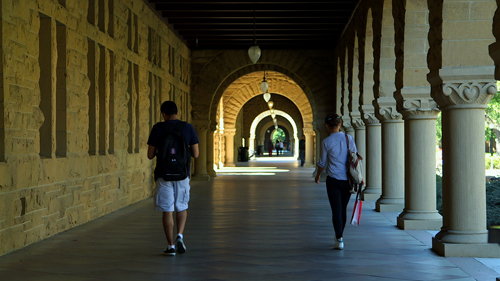
Students from Asia and the rest of the world flock to our top American Universities. Many believe we have the best higher education system in the world and they are willing to pay for it. What does this mean for the continuing demand for places at US Colleges? What does it indicate about the strengths of these institutions?
Michael Horn: The rise of the upper-middle class in Asia has created significant demand for elite higher education. This is a good thing for many U.S. universities in the short to medium term, and is helping to sustain many. In the longer term, sin embargo, because much of traditional American higher education is premised on limiting access and promoting selectivity — thereby keeping a limit on the number of seats available — there is a good chance that traditional institutions will be unable to keep up with this burgeoning demand and thereby open the door to the emergence of new institutions who can fill it. We are already seeing new elite institutions like the Minerva Project, which offers a highly selective liberal arts education that is far more affordable than the traditional American higher education, pop up to meet this new demand. As more of these institutions emerge that are affordable and selective, it could commoditize the offerings at the top.
In the UK you can get a BA degree in 3 years versus 4. Is that one solution you could see working in the US as a way to cut costs?
Michael Horn: Moving to a 3-year degree as opposed to a 4-year degree certainly saves students money, although for some institutions, it would represent lost revenue. También, although many institutions offer a 4-year program today, students often take 6 years to graduate, or many will attend for many years and never graduate. En otras palabras, the problem is significantly more complicated. Por último, moving to a 3-year degree doesn’t address the more fundamental business model challenges of rising costs plaguing traditional colleges and universities, which stems in part from the conflation – and subsequent administration – of what should be three separate business models represented in research, enseñanza, and the networking aspects of a university, as well as the subsequent arms race to move up the prestige rankings.
A development that seems more exciting is the emergence of upstart online, competency-based degrees that make time to credential, a variable, and learning, a constant. As you master material, you move on, which means that the length of the degree is in the hands of the student and the support network that the institution puts around the student. Students can complete degrees significantly faster in these programs; and the programs – by being focused on teaching and learning only – are much more affordable. The key point is that the focus is not on the length but instead on the actual learning.


China and India will ultimately create their own Ivy Leagues. What do we do well that they can use? What can they learn from our mistakes?
Michael Horn: Top American universities have been beacons of cutting-edge research; that’s an engine that has produced great things for our economy and helped attract people from around the world. Although we certainly have challenges to our research model, overall, the results have been impressive. What I think China and India would do well to try and avoid is replicating our model completely. They should try to avoid conflating research and teaching under one roof where the activities don’t have to be interdependent, por ejemplo, para que no crean los problemas de calidad y de costos de enseñanza que han resultado en los Estados Unidos donde la investigación es casi siempre valorados en más de una buena enseñanza.
Ha habido un gran debate sobre el valor de un título de artes liberales en un mundo donde cada industria está siendo alterada por la tecnología. Dado el número de estudiantes que no tienen trabajo, estamos en el punto en el que necesitamos un grupo de trabajo para determinar cómo los estudiantes pueden adquirir las habilidades que necesitan para tener éxito en un lugar de trabajo del siglo 21?
Tony Carnevale: Ivory Tower brings to the fore the rolling tensions growing underneath the American higher education system in an even-handed way with no ideological biases to have those tensions and issues resolved. Currently there are already numerous efforts to resolve these issues and to ensure that students have the skills. The question then lies on creating information systems that ensure students have access to the data and the tools necessary to close the skill gap.
Michael Horn: We need to create many more programs that narrow the gap between students and employers. Online, competency-based programs – like Western Governors University, Southern New Hampshire’s College for America, University Now’s Patten University, y más – stand to help. I’m also intrigued by programs like General Assembly and Dev Bootcamp, as well as offerings from companies like LearnUp.
I believe the liberal arts degree will continue to have a place and value in the world, but I think it will be able to be far more affordable so that many more people can consume a liberal arts education over the course of their lifetimes.

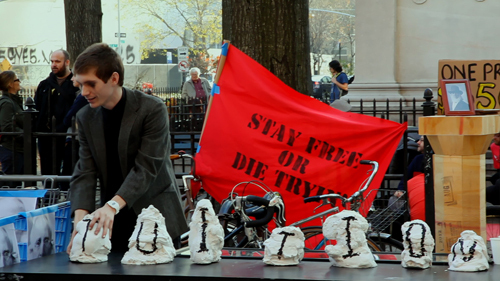
How big a role will technology play in bringing down the cost of higher education?
Tony Carnevale: La tecnología es la esperanza para muchos estudiantes de bajos ingresos que no pueden pagar las instituciones más selectivas. It’s one answer to getting costs under control due to low development and distribution costs as well as much more flexible and open access. A new MOOC course for instance can be accessed by millions of students at low costs but these courses face skepticism from employers who do not see them as reliable credentials for student preparation for the labor market.
Total, MOOCS and other similar efforts point towards the potential of technology in the form of online learning in transforming the financial landscape of the higher education sector. Claramente, there will be a mix of winners and losers on both the provider and student sides. Sin embargo, getting employers to value these courses, and improving the incentives of students to enroll and complete are the first steps in potentially using these new models to lower overall costs.
Michael Horn: Technology paired with business model innovation will play a critical role in bringing down the cost of higher education. Online, competency-based programs are already showing significant promise to tackle the challenge and represent very exciting disruptive innovations focused on learning and affordability. I don’t think “la solución” estará contenida en una sola cosa, ya sea. La desagregación de los componentes de la titulación y la capacidad de los estudiantes para personalizar su educación mediante la combinación de diferentes componentes – cursos en línea de un Udacity, el espacio de ladrillo y mortero de co-aprendizaje de una Asamblea General, la experiencia social de un hábitat para la humanidad tal vez – representar emocionantes maneras de aportar valor a los estudiantes’ vive en una variedad de formas. Estamos viviendo en un momento emocionante, y las oportunidades para ampliar el acceso a una alta calidad asequible y la enseñanza superior sólo crecerá en los próximos años, incluso, ya que presentan desafíos para las instituciones existentes para mantenerse al día.

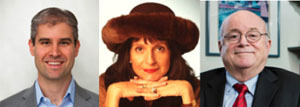
Todas las fotos son cortesía de Samuel Goldwyn Films
En La Búsqueda Global para la Educación, unirse a mí y reconocidos a nivel mundial los líderes de opinión, incluyendo a Sir Michael Barber (Reino Unido), DR. Michael Bloquear (EE.UU.), DR. Leon Botstein (EE.UU.), Profesor Clay Christensen (EE.UU.), DR. Linda Darling-Hammond (EE.UU.), DR. Madhav Chavan (India), El profesor Michael Fullan (Canada), El profesor Howard Gardner (EE.UU.), El profesor Andy Hargreaves (EE.UU.), Profesor Yvonne Hellman (Países Bajos), Profesor Kristin Helstad (Noruega), Jean Hendrickson (EE.UU.), Profesor Rose Hipkins (Nueva Zelanda), Profesor Cornelia Hoogland (Canada), Honorable Jeff Johnson (Canada), Señora. Chantal Kaufmann (Bélgica), DR. Eija Kauppinen (Finlandia), Secretario de Estado Tapio Kosunen (Finlandia), Profesor Dominique Lafontaine (Bélgica), El profesor Hugh Lauder (Reino Unido), Profesor Ben Levin (Canada), Señor Ken Macdonald (Reino Unido), Profesor Barry McGaw (Australia), Shiv Nadar (India), Profesor R. Natarajan (India), DR. PAK NG (Singapur), DR. Denise Papa (Estados Unidos), Sridhar Rajagopalan (India), DR. Diane Ravitch (EE.UU.), Richard Wilson Riley (EE.UU.), Sir Ken Robinson (Reino Unido), Profesor Pasi Sahlberg (Finlandia), El profesor Manabu Sato (Japón), Andreas Schleicher (PISA, OCDE), DR. Anthony Seldon (Reino Unido), DR. David Shaffer (EE.UU.), DR. Kirsten Immersive Are (Noruega), Canciller Stephen Spahn (EE.UU.), Yves Theze (Lycee Francais EE.UU.), Profesor Charles Ungerleider (Canada), Profesor Tony Wagner (EE.UU.), Sir David Watson (Reino Unido), Profesor Dylan Wiliam (Reino Unido), DR. Marcos Wormald (Reino Unido), Profesor Theo Wubbels (Países Bajos), El profesor Michael Young (Reino Unido), y el profesor Zhang Minxuan (De China) a medida que exploran las cuestiones de educación cuadro grande que todas las naciones se enfrentan hoy.
La Búsqueda Global para la Educación Comunitaria Página
C. M. Rubin es el autor de dos ampliamente leído serie en línea por la que recibió un 2011 Premio Upton Sinclair, “La Búsqueda Global para la Educación” y “¿Cómo vamos a Leer?” Ella es también el autor de tres libros más vendidos, Incluido The Real Alice in Wonderland, es el editor de CMRubinWorld, y es una Fundación Disruptor Fellow.
Siga C. M. Rubin en Twitter: www.twitter.com/@cmrubinworld


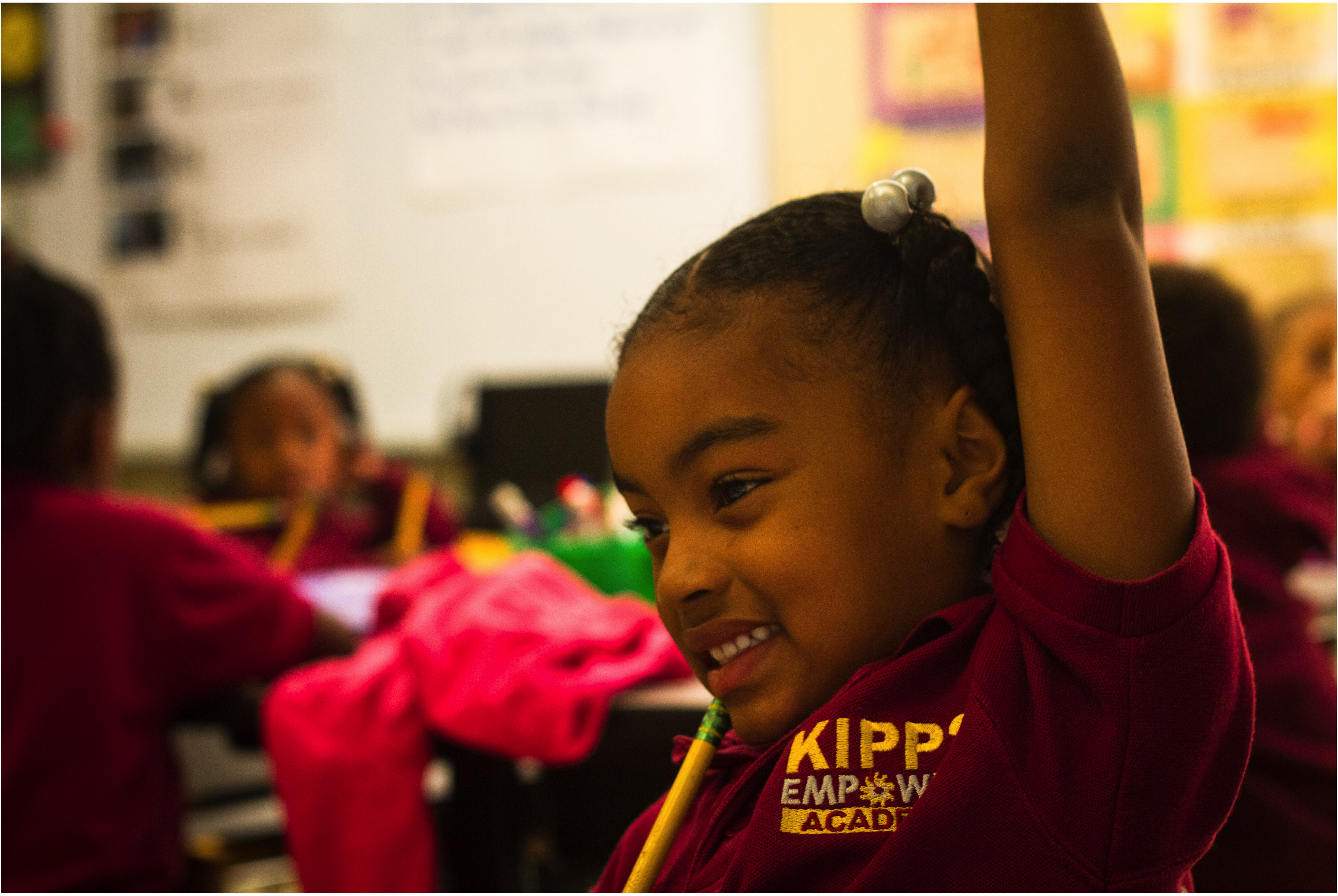
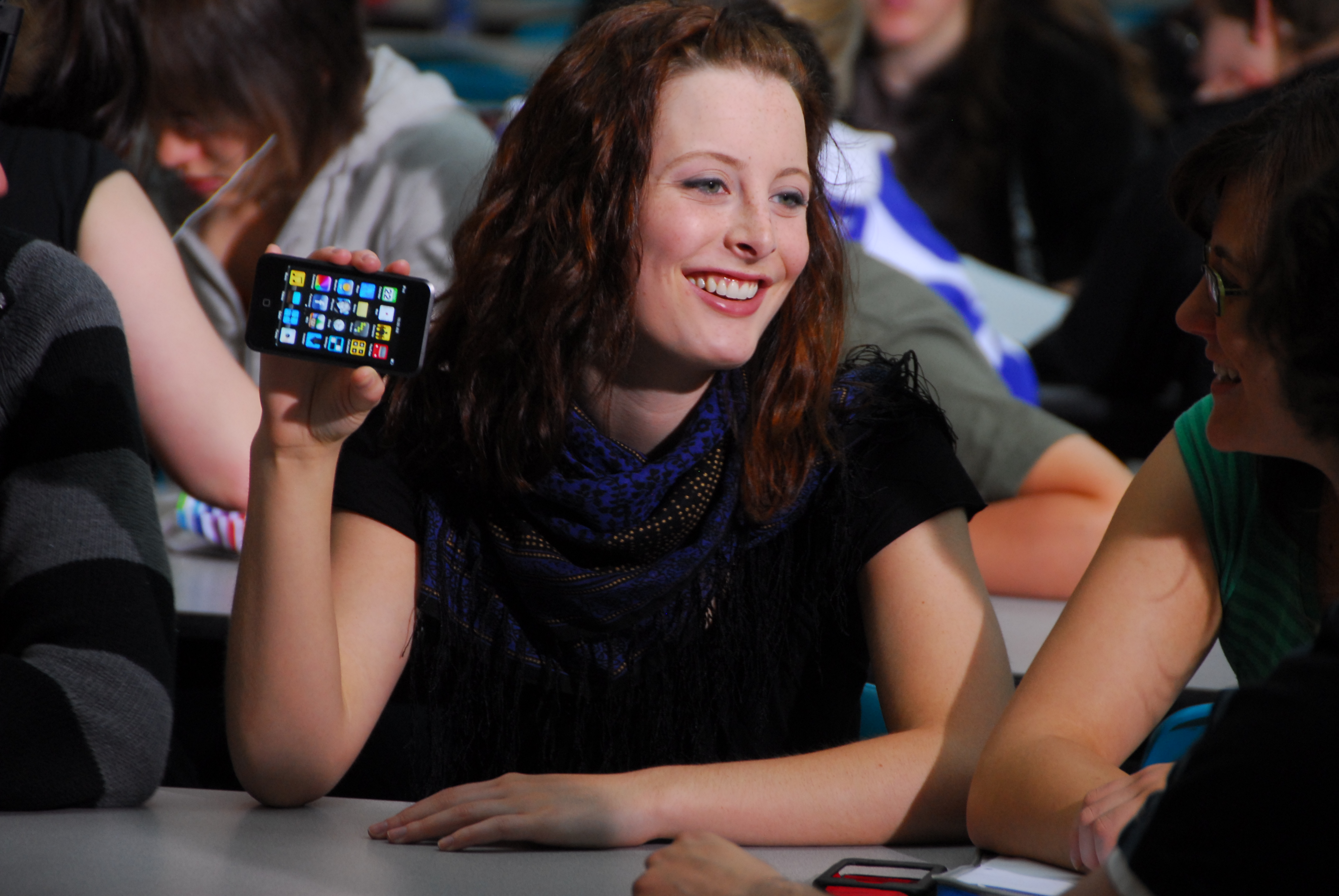

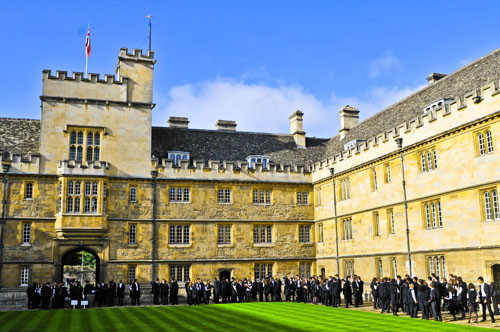
Comentarios recientes